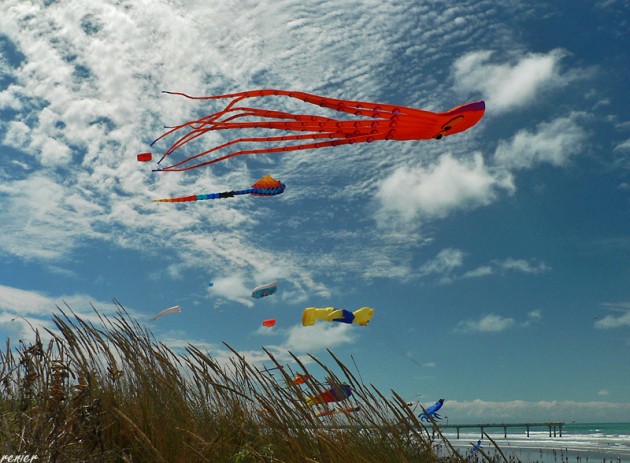Lights Out!
Castleton State College isn’t running out of energy, but it sure is trying to do its part to conserve it. With the assistanceof real time or “Smart” electric meters, installed in six different residence halls, monitoring CSC’s energy usage
will give us a better idea of where and how we can do more to use less.
Over the summer 2008 six of these electric meters were installed into residence halls and a Castleton student, Andrew
Hicks, began installations
and updates of the necessary
computer programming to process the data. Castleton Hall, Morrill Hall, Wheeler Hall, North and South House, Haskell, and Adams Hall are the buildings where these meters
were installed. At some point in the near future these meters will be used to judge a competition amongst the residence halls declaring the hall that uses the least, the winner.
The meters have already begun to show certain trends and patterns in our Campus’ energy usage. These meters report the amount of kilowatts being used every hour. “You can really see the difference between a nice spring day when people are outside, and a rainy day when everyone is inside” said Hicks. A junior here at Castleton, Hicks is working on obtaining a math and computer science degree. “The trends we are seeing are phenomenal” he said.
During the proverbial “N-Period” the meters show a two hour long spike in kilowatt
usage. This is more energy
than a single residence hall burns up on a Saturday. “All the clubs meet during N period and anyone who isn’t involved in one goes back to their dorm room and turns on computers, televisions, video-games and then takes a nap” said Hicks. This is just one of his theories about the massive spike in electricity usage.
Bill Allen, Dean of Admissions
agrees with Hicks. “It’s remarkable what you can see when he puts the data together” said Allen. “I think it’s easy to burn up electricity in the resident halls” he said. A single student alone in a dorm room can burn up just as much as if the entire suite were there, Allen explained, adding credibility to Hicks theory.
Professor Paul Derby, the man in charge of CSC’s sustainability
initiative, feels that by keeping students together and on campus energy can be conserved. “If we could find a way to get the whole campus to attend more events together
it would conserve a lot” he said.
Hicks explained that by keeping students on campus and active we can actually conserve energy. Students who spend their weekends on campus usually find time during
the day to get their work done as opposed to coming back to campus on Sunday night and staying up all night with the lights on.
In 2008, over 5 million kilowatts were burned up on campus. “It’s a huge number” said Derby. “You can see a general increase each year from 1990 up almost every year.” Hicks believes that if the campus can “flat line” N-period it would shed roughly an eighth of the bill. “I’m guessing we could knock off 50,000 kilowatts” he said.
In explaining Castleton’s 13,000 volt electrical system Bill Allen said “Once we get meter in the other buildings we can narrow down our electricity
demands.” Allen stated that the general electricity expense
for CSC is roughly 40-50 thousand a month. That’s 500-600 thousand a year.
Professor Derby is expecting
that within the next year to have all of CSC’s buildings
monitored giving some baseline data. “This spring we are working to make data on electricity use in metered buildings available to the public and, hopefully, the first dorm room competitions” said Derby. Allen explained that new technology like light sensors and dimmers will also help us in reducing energy usage “hopefully we can roll something out that will create an awareness” he said
“In theory you’re paying the electric bill” Allen said. “If we could curve our electric
appetite students would save a few dollars on the other
end of tuition.” Any electricity
that we as a Campus don’t use reduces our carbon footprint also “and at the end of the day, that’s a good thing as well” Allen said.





